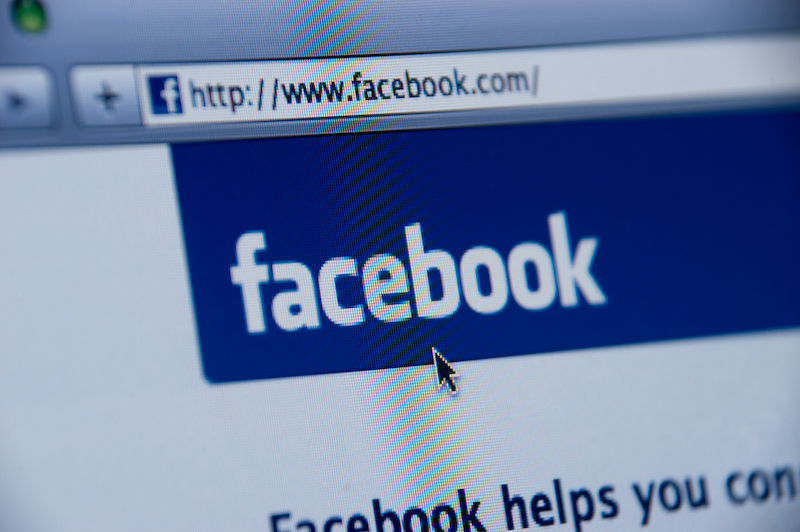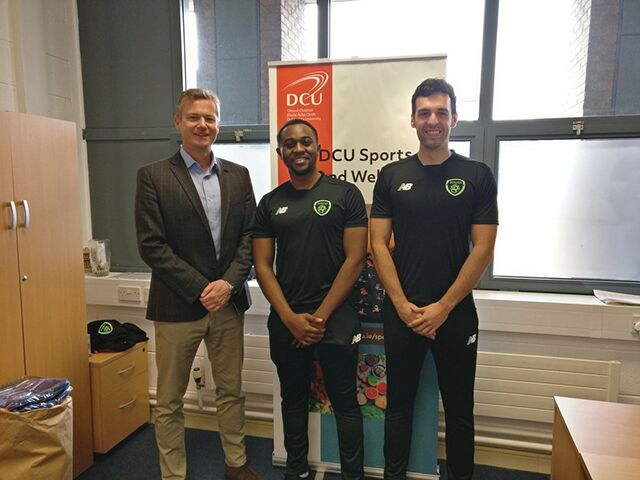
As you read this you probably have your phone beside you. Twitter and Facebook apps are just waiting to alert you to updates. Many of us have made the move to smartphones and with that we have joined the movement that is social networking. By combining the two, social media has now become a mobile entity. We tweet our thoughts as they come to us, post Facebook statuses and make announcements to our circle of ‘friends’. These social networking sites document our lives on a daily basis.
Some years ago, when PC’s first became a household item, and dial up connection existed, Bebo was the social network of choice. Teens and pre-teens all over the country revelled in the excitement of being able to chat with friends online, share photos, write comments on each other’s profiles and of course, share the love.
It may be cringeworthy stuff now, but that is simply because those innocent tweens grew up. The adult versions of social networking that is Facebook and Twitter, along with their trademark blue and white themes, as opposed to multi-coloured ‘skins’, have taken over our screens.
Then again, it was never a certainty that people would embrace social networking as a regular form of communication. There were and still are varied attitudes towards the phenomenon.
A recent report by Ofcom categorises these attitudes into five distinct groups; the alpha socialisers, the attention seekers, the followers, the faithfuls and the functionals.
The alpha socialisers are a minority group who use social networks briefly and intensely for entertainment purposes, most commonly to flirt with or meet new people.
Attention seekers are those who use these sites to gain the attention of peers. They crave likes, comments, shares, retweets etc. in order to feel appreciated.
Followers are the majority of users. This category refers to people who join these sites for fear of being left out. They are following a trend.
Faithfuls are people who see these websites as a way to track down old friends, classmates or peers and rekindle relationships. In a sense this group fits the original purpose of Facebook, which was to connect people within common universities.
The final group of social networkers, are the functionals. They are a minority who tend to use social media for one purpose and one purpose only; to keep up to date with a group or club.
Then there are those who outright refuse to join social networking sites. These individuals may do so if they are technologically incapable of operating the software; if they are fearful of the negative consequences of joining a social network, such as revealing personal information online with people they do not know in the real world; or people who do not see a need to use social networks simply because they are content with other means of communication.
But connecting with peers was never just a social aspect of peoples’ lives and the development trends within social networking reflect this. LinkedIn, which is the business or trade version of social networking, has become immensely popular in recent years.
The site allows people to build a personal profile detailing their professional history and contacts, and encourages beneficial networking between peers.
But what will this recorded data mean in years to come? Take for example an individual that is particularly savvy with social networking; imagine for a moment that this individual has an account on Twitter, Facebook and LinkedIn. This individual is leaving a digital trail of his or her life in the hands of these corporations. What does this mean in a historical context?
Years from now will people analyse a day in the life of a twenty-first century man or woman by looking at their social media profiles? The social media enthusiast would be a historical goldmine.
Twitter would provide samples of thought processes and attitudes as well as reaction to major events or news stories. Facebook would record events in their lives on their own personal timeline complete with photos, check-ins and tags with ‘friends’ or peers. LinkedIn would give a digital record of their professional life along with links to their professional contacts.
Historians would be able to piece together a complete profile for this person without ever doing any research in the traditional sense by analysing handwritten diaries and manuscripts and other physical artifacts. Essentially, the artifacts of our generation will be our laptops, tablets and smartphones, or in other words, our digital diaries.
Marissa Doherty




Leave a Reply